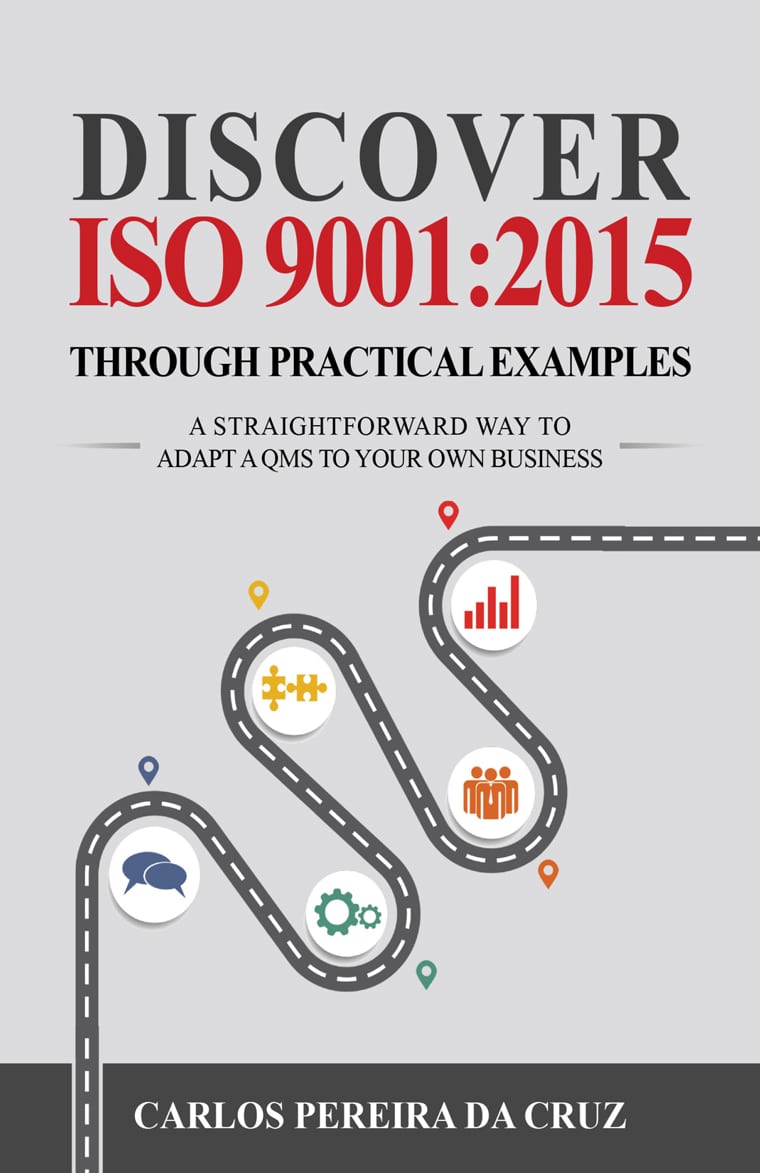"Amazon’s announcement that it will invest US$700 million to retrain 100,000 employees—a third of its U.S. workforce—in new technologies is the latest reminder that the much-heralded future of work is well underway.Tal como a ministra da Saúde referiu:
...
The jobs of tomorrow will require at least some competency in the STEM fields—science, technology, engineering, and math.
...
The blurring of technical and nontechnical jobs signals a dramatic shift for the entire workforce and will change the basic structure and nature of work.
...
Who should be responsible for ensuring the workforce is prepared for these challenges?
Amazon’s answer, essentially, is “we’ll take care of it.” One of the more telling aspects of Amazon’s announcement was that it plans to use its own programs to retrain employees, such as Amazon Technical Academy and Machine Learning University.
There was no mention of universities and colleges. Other companies, such as Google, similarly say they are relying on partners outside of traditional academia to support their training needs.
...
The problem is, at present, higher education is designed for the last industrial revolution, not the current one. Universities and colleges deliver degrees at a glacial pace. The average completion time for a bachelor’s degree is five years. That’s too slow."[Moi ici: Como não recordar aquela pergunta "Por que é que a nossa faculdade altera o plano de curso em 2015 e não incluiu aprendizagem de Android para alunos de programação?" e a resposta]
"O objetivo do Ministério da Saúde é tratar bem os profissionais de saúde"O objectivo da universidade pública é servir os seus funcionários.
Isto em linha com o que escrevo aqui há anos ao recordar a primeira Escola Comercial Oliveira Martins no Porto:
"Frequentei o 7º, 8º e 9º ano de escolaridade na Escola Comercial Oliveira Martins no Porto, uma escola criada algures no final do século XIX pela iniciativa de comerciantes para formar e preparar os seus trabalhadores. Recordo isto porque sinto que é para aí que vamos novamente, em vez de uma escola obrigatória destinada a formar legiões de robots necessários para operar acriticamente as sociedades do século XX, em vez de uma escola que pretende eliminar as nossas diferenças de idiossincrasia e nos tenta enformar para sermos cidadãos "normais", em vez de uma escola que prepara as crianças de Pousafoles do Bispo para serem iguais e trabalharem como as pessoas de Lisboa, o que só as levará a detestar, ou ignorar, ou nunca equacionar que um futuro também é possível em Pousafoles do Bispo, vamos precisar de escolas sem programa definido em Lisboa, escolas destinadas a reviver as sociedades locais, as economias locais, os orgulhos locais."Depois, ler "Indústria apela a plano “maciço” de requalificação de trabalhadores". O que dizer?
Julgo que esta gente não valoriza a formação, e que isto não passa de "conversa da treta". Se valorizassem a formação tratavam-na como algo estratégico sobre o qual querem deter o controlo e não algo que tentam externalizar e pôr o contribuinte a pagar. Outros que continuam "in the last industrial revolution".
Pena que os jornalistas não coloquem perguntas impertinentes:
- De que formação precisam os trabalhadores da sua empresa?
- De que formação precisarão os trabalhadores da sua empresa dentro de 5 anos?
BTW, há cerca de vinte anos auditei uma empresa industrial que tinha indicado várias lacunas na formação do seu pessoal, para poder evoluir para outras áreas de negócio. Essa empresa tinha literalmente nas suas traseiras uma escola profissional do sector. Mostraram-me as actas das reuniões havidas com essa escola. Estavam dispostos a pagar por formação dedicada e à medida para os seus trabalhadores, mas a escola profissional só lhes deu uma solução:
- Sim, temos um curso de 3 anos!
Falta de noção e sintoma de funcionalismo.










:max_bytes(150000):strip_icc()/bruce-jenner-olympics-56a088285f9b58eba4b15106.jpg)






















